Rules of Trigonometric Signs
In this section we will learn about the rules of trigonometric signs. On a plane paper let O be a fixed point. Draw two mutually perpendicular lines →XOX′ and →YOY′ through O divide the plane paper into four quadrants.
We know that, the distance measured from O along →XO is positive and that along →OX′ is negative; similarly again, the distance from O along →OY is positive and that along →OY′ is negative.
Now, take a rotating line →OA rotates about O in the clockwise or anti-clockwise direction and starting from the initial position angle ∠XOA = θ. Depending on the value of θ the final arm →OA may be in the first quadrant or second quadrant or third quadrant or fourth quadrant. Take a point B on →OA and draw ¯BC perpendicular to →OX (or, →OX′).
|
Diagram 1: (i) ¯OC will be positive if it is measured from O along →OX (ii) ¯CB will be positive if it is measured from O along →OY (iii) ¯OB is positive of the final arm →OA |
Diagram 1 |
|
Diagram 2: (i) ¯OC will be negative if it is measured from O along →OX′ (ii) ¯CB will be positive if it is measured from O along →OY (iii) ¯OB is positive of the final arm →OA |
Diagram 2 |
|
Diagram 3: (i) ¯OC will be negative if it is measured from O along →OX′ (ii) ¯CB will be negative if it is measured from O along →OY′ (iii) ¯OB is positive of the final arm →OA |
Diagram 3 |
|
Diagram 4: (i) ¯OC will be positive if it is measured from O along →OX (ii) ¯CB will be negative if it is measured from O along →OY′ (iii) ¯OB is positive of the final arm →OA |
Diagram 4 |
Therefore, the rules of trigonometric signs of the sides of the right-angled triangle OBC are as follows:
(i) ¯OC will be positive if it is measured from O along →OX as shown in the diagram 1 and diagram 4
(ii) ¯OC will be negative if it is measured from O along →OX′ as shown in the diagram 2 and diagram 3
(iii) ¯CB will be positive if it is measured from O along →OY as shown in the diagram 1 and diagram 2
(iv) ¯CB will be negative if it is measured from O along →OY′ as shown in the diagram 3 and diagram 4
(v) ¯OB is positive for all positions of the final arm →OA.
● Trigonometric Functions
- Basic Trigonometric Ratios and Their Names
- Restrictions of Trigonometrical Ratios
- Reciprocal Relations of Trigonometric Ratios
- Quotient Relations of Trigonometric Ratios
- Limit of Trigonometric Ratios
- Trigonometrical Identity
- Problems on Trigonometric Identities
- Elimination of Trigonometric Ratios
- Eliminate Theta between the equations
- Problems on Eliminate Theta
- Trig Ratio Problems
- Proving Trigonometric Ratios
- Trig Ratios Proving Problems
- Verify Trigonometric Identities
- Trigonometrical Ratios of 0°
- Trigonometrical Ratios of 30°
- Trigonometrical Ratios of 45°
- Trigonometrical Ratios of 60°
- Trigonometrical Ratios of 90°
- Trigonometrical Ratios Table
- Problems on Trigonometric Ratio of Standard Angle
- Trigonometrical Ratios of Complementary Angles
- Rules of Trigonometric Signs
- Signs of Trigonometrical Ratios
- All Sin Tan Cos Rule
- Trigonometrical Ratios of (- θ)
- Trigonometrical Ratios of (90° + θ)
- Trigonometrical Ratios of (90° - θ)
- Trigonometrical Ratios of (180° + θ)
- Trigonometrical Ratios of (180° - θ)
- Trigonometrical Ratios of (270° + θ)
- Trigonometrical Ratios of (270° - θ)
- Trigonometrical Ratios of (360° + θ)
- Trigonometrical Ratios of (360° - θ)
- Trigonometrical Ratios of any Angle
- Trigonometrical Ratios of some Particular Angles
- Trigonometric Ratios of an Angle
- Trigonometric Functions of any Angles
- Problems on Trigonometric Ratios of an Angle
- Problems on Signs of Trigonometrical Ratios
11 and 12 Grade Math
From Rules of Trigonometric Signs to HOME PAGE
Didn't find what you were looking for? Or want to know more information about Math Only Math. Use this Google Search to find what you need.
Recent Articles
-
Word Problems on Fraction | Math Fraction Word Problems |Fraction Math
Apr 09, 25 01:44 AM
In word problems on fraction we will solve different types of problems on multiplication of fractional numbers and division of fractional numbers. -
Multiply a Number by a 2-Digit Number | Multiplying 2-Digit by 2-Digit
Apr 08, 25 01:13 PM
How to multiply a number by a 2-digit number? We shall revise here to multiply 2-digit and 3-digit numbers by a 2-digit number (multiplier) as well as learn another procedure for the multiplication of… -
Multiplication | How to Multiply a One, Two or Three-digit Number?
Apr 08, 25 01:08 PM
In multiplication we know how to multiply a one, two or three-digit number by another 1 or 2-digit number. We also know how to multiply a four-digit number by a 2-digit number. We also know the differ… -
Addition of 4-Digit Numbers | 4-Digit Addition |Adding 4-Digit Numbers
Apr 08, 25 12:43 PM
We will learn about the addition of 4-digit numbers (without carrying and with carrying). We know how to add 2 or 3, 3-digit numbers without carrying or with carrying. -
Indian Numbering System | Ones Period | Thousands Period |Lakhs Period
Apr 08, 25 12:34 PM
In the Indian numbering system, we use different periods like ones, thousands, lakhs, crores, etc. Suppose, let us understand the Indian system by using number 1: ones (1), tens (10), hundreds (100)
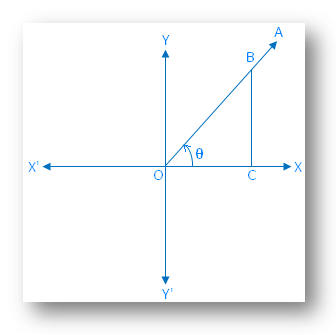
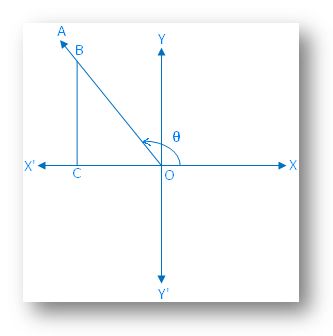
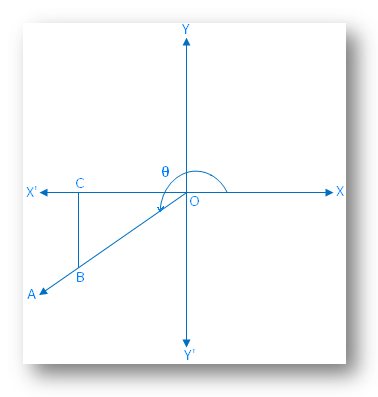
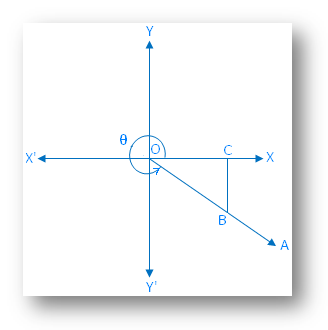

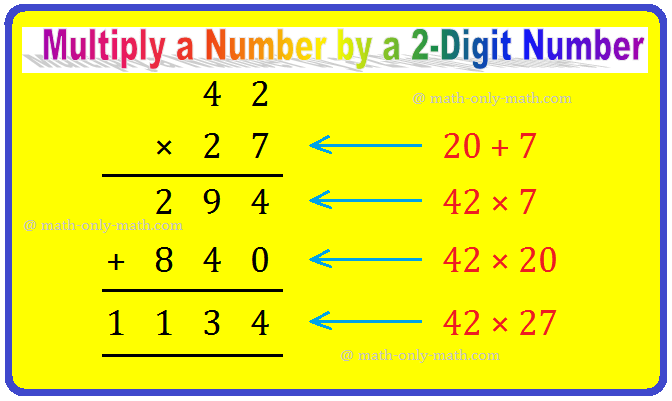


New! Comments
Have your say about what you just read! Leave me a comment in the box below. Ask a Question or Answer a Question.